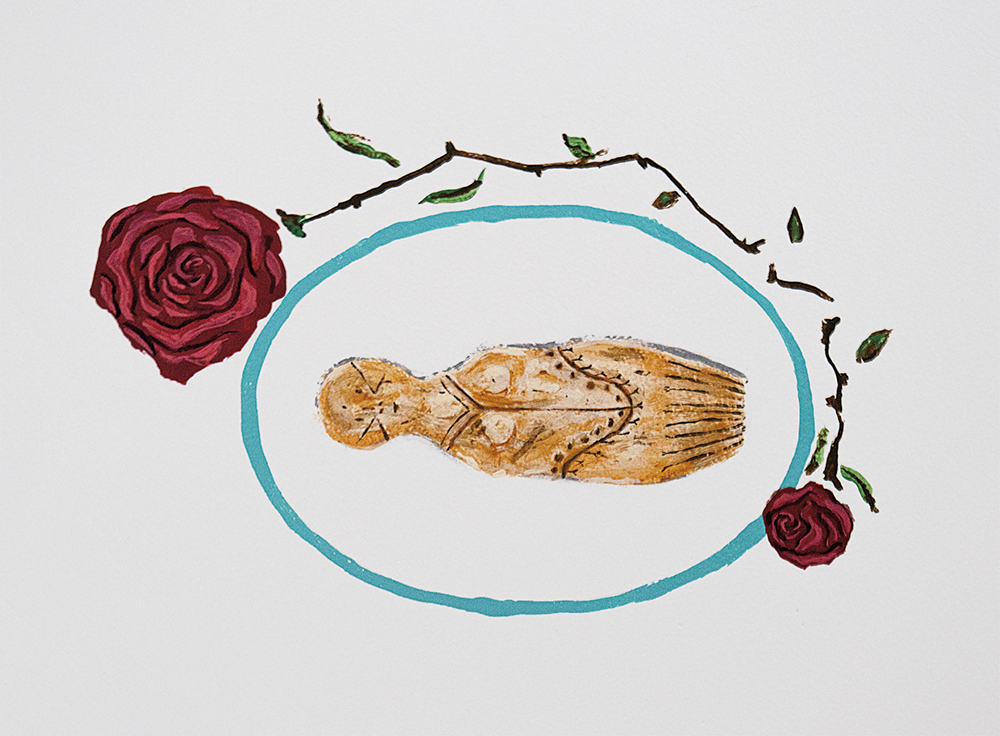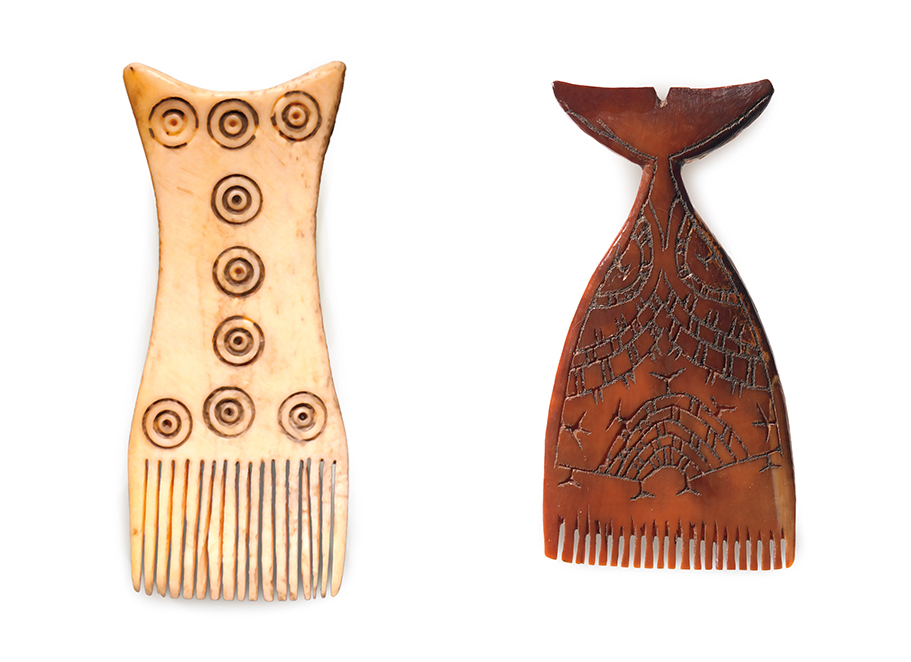Accessing Ancestral Ways Of Being, Knowing And Creating Through Art
Inuit Art Foundation | January 05, 2022
Categories: news

This past year I decided to redecorate my bedroom, bringing in my personal aesthetic to brighten its bland walls. My house in Atlantic Canada was built in 1905 in a downtown neighbourhood considered “heritage” by the small city’s government.
Although the idea of living in a creaky house has always been on my checklist, actually living in the lopsided structure has its shortcomings. If it’s not the random wall I’m bumping into, or the bouncy floorboards I’m tiptoeing over, it’s the fact that the house was built during a time when confiscating and taking of Inuinniq (things that are of Inuit culture) was common for visitors to Inuit Nunangat. Sometimes an article of Inuinniq clothing or a tool was unintentionally left behind when an iglu was being vacated, or simply lost during the movements of Inuit families and hunters. Other times items were traded or gifted; however it wasn’t unusual for Inuinniq to be claimed without their makers’ awareness, let alone acknowledgement.
Later on items that were taken or traded would be sold to collectors, donated to museums or gifted to loved ones in the South upon reuniting after a short summer of employment in the Arctic. Some of these items can be found in basements, attics or in climate-controlled facilities, hidden away in darkness where they go unseen.

But back to my latest little darling, the revamping of my dark bedroom. When I decided to redecorate, I took into consideration that the house has no dormers and the roof was built with a steep slope that makes the upstairs cramped. It’s hard to bring up furniture. When I’m going to create something, I often take a lot of time researching colour combinations and juxtapositions before I commit in my medium. I’ll work it out in my mind so that I capture not only a look but a feeling. Notorious for being particular with my home aesthetic, I’ve been known to hold off purchasing any furniture for certain corners or walls until I find the right piece, and it’s not unusual for me to end up building it myself. For my bedroom it was important to find wallpaper that made the room feel dreamy, beautiful and a little vintage. When I thought I found the right design I purchased it, but never ended up putting it up. My bedroom went another year undecorated.
At some point I was glowering at my bland walls while applying my makeup and started wondering what Inuit women from the past might have considered as beauty. In my mind, I pictured the intricate hairstyles and beaded tuilik I’ve seen in black-and-white photographs. I thought about the sticks and pieces of hide used to tie and wrap their hair. I’d gladly take a course from an Elder who knows how to expertly weave hair between their fingers, resulting in a glistening strand of elaborate, black rope.
Marvelling at their braids helped me decide what I wanted to do with my room. The very place where I spend time smoothing my own hair seemed like the right place to admire the antiquated art of my ancestors’ hair tools. But I was going to have to hand-paint them, freehand, all 22 of them. First I needed to do some research.
My introduction to Inuk ivory combs was through paintings by Germaine Arnaktauyok and Okatsiak. I came across their paintings online one evening some years ago while doing research for an animation I was creating about Inuit motherhood. Intricately carved with tiny detailing etched into the ivory, the combs were sometimes shaped to match the holder’s hands and used to remove tangled knots that trouble hair. It must have been important for Inuit to keep their hair tied away from their face while they went about with their daily tasks. When I imagine Inuit life in the past I imagine a lot of family moments, healthy food and beautiful clothing, but there was also hardship, teaching for survival and risk of inclement weather. Was taking care of hair important enough to Inuit that they took the time to carve unique combs purely for an aesthetic purpose?
Continue reading at Inuit Art Foundation.


